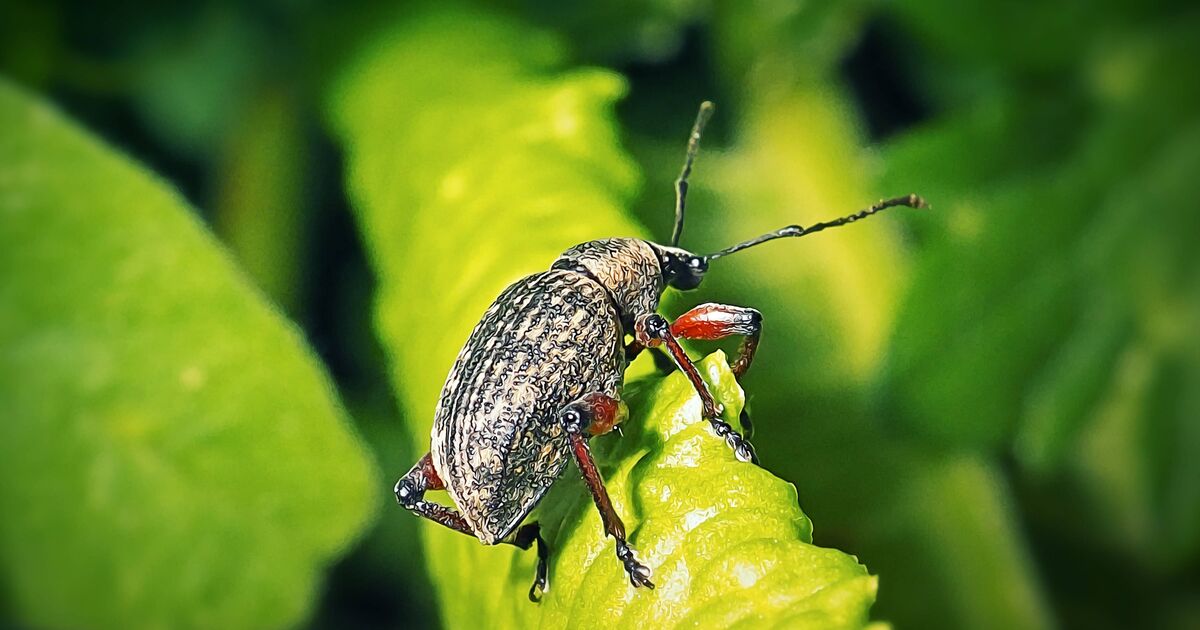Gardeners, beware – a tiny but lethal beetle could wreak havoc on your beloved greenery in just one night if you neglect it. Experts are issuing a stark warning to homeowners: protect your lawns and flower beds before these insects attack them.
Known as the vine weevil, this tiny black beetle eats greenery, leaving tell-tale notches on the edges. However, the true carnage occurs out of sight; their grubs destroy plant roots, killing them from below. Symptoms of an infestation only become clear when it’s too late – wilted leaves are often the last sign of plants with destroyed root systems.
Unlike common garden pests, vine weevils pose a severe threat, capable of destroying healthy gardens in under a day.
Joe Barker, a British garden maintenance expert and pest controller who spoke with My Home Improvements, urged immediate action to prevent irreparable harm, reports the Liverpool Echo.
He said: “The vine weevil is especially dangerous because it targets container plants and hidden root systems. Once the larvae hatch and start feeding, it’s game over for your plants.”
Joe warned that these bugs are among the most destructive pests for UK gardeners – not due to size, but their stealthy nature.
He advised: “Regular checks, especially in potted plants, are the key to catching them early. The right advice and quick action can stop the damage before it spreads.”
Adult vine weevils, measuring around 1cm and coloured dark, inflict their damage by eating leaf edges, with more destoruction following underground. Their larvae are white, legless grubs with brown heads that silently feed on plant roots.
A common sign of an infestation is a plant that suddenly wilts or collapses without warning, despite showing no signs of disease. If you tip the plant out of its pot, you may find these grubs in the compost – a clear indication that your garden has been invaded.
How to get rid of vine weevils
Swift action is essential once vine weevils have moved in. Use natural, microscopic worms known as nematodes – they target and kill vine weevil grubs in the soil. The optimal time to apply is spring and autumn when larvae are most active.
Tip out any pots where plants have collapsed and examine the soil. Look for white grubs with brown heads; these are the root-damaging larvae.
Wrap sticky tape or bands around pots and stems to trap adult beetles before they lay eggs. This helps reduce the next wave of larvae.
Avoid replanting with vine weevil favourites like fuchsias, heucheras, or cyclamen. Instead, opt for plants less likely to attract them if you’ve had a previous infestation.

